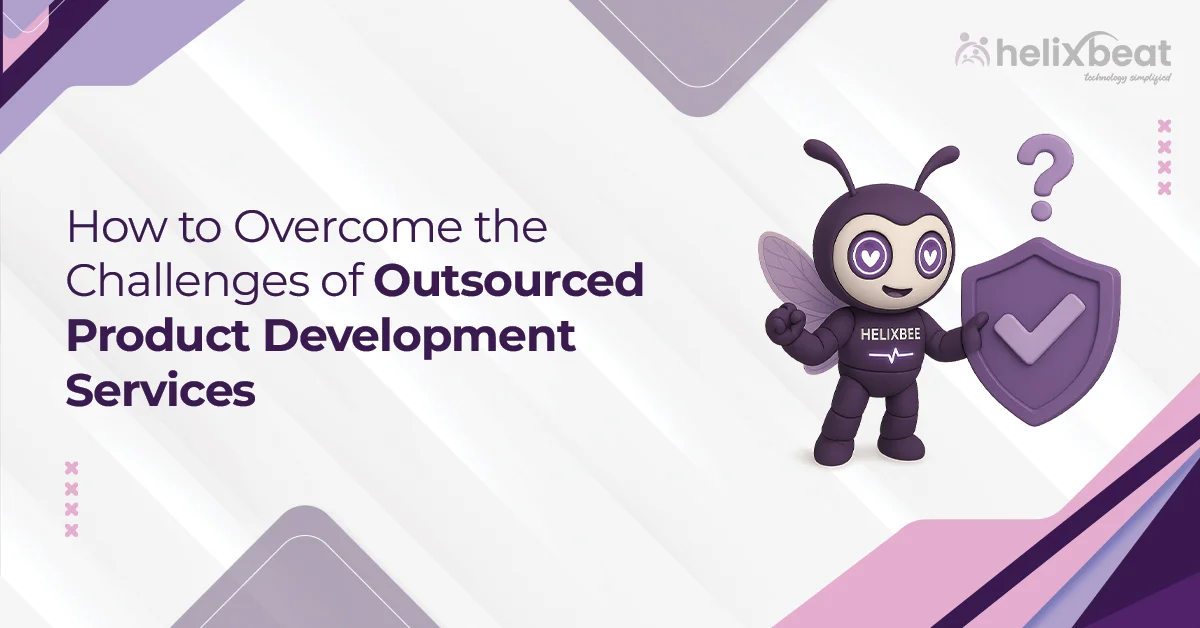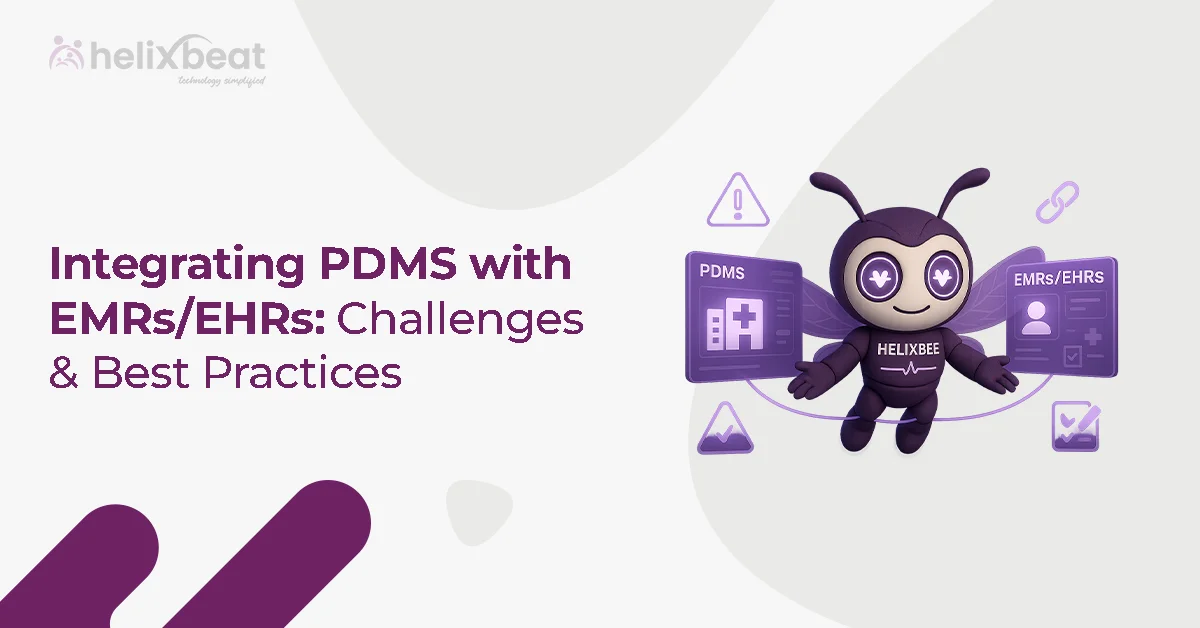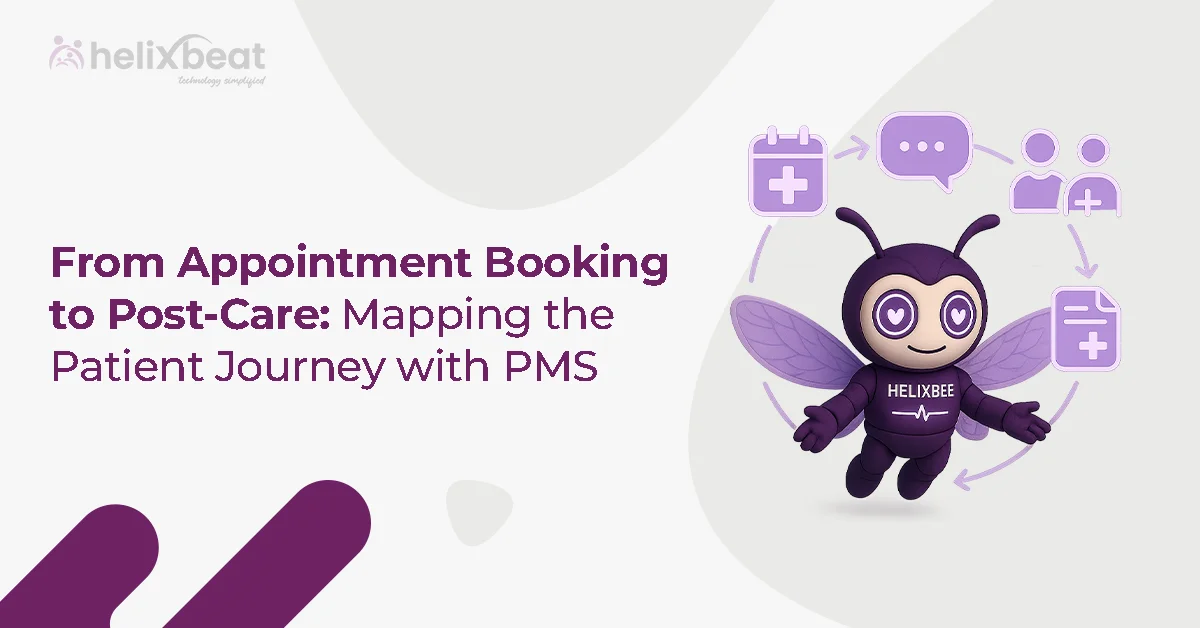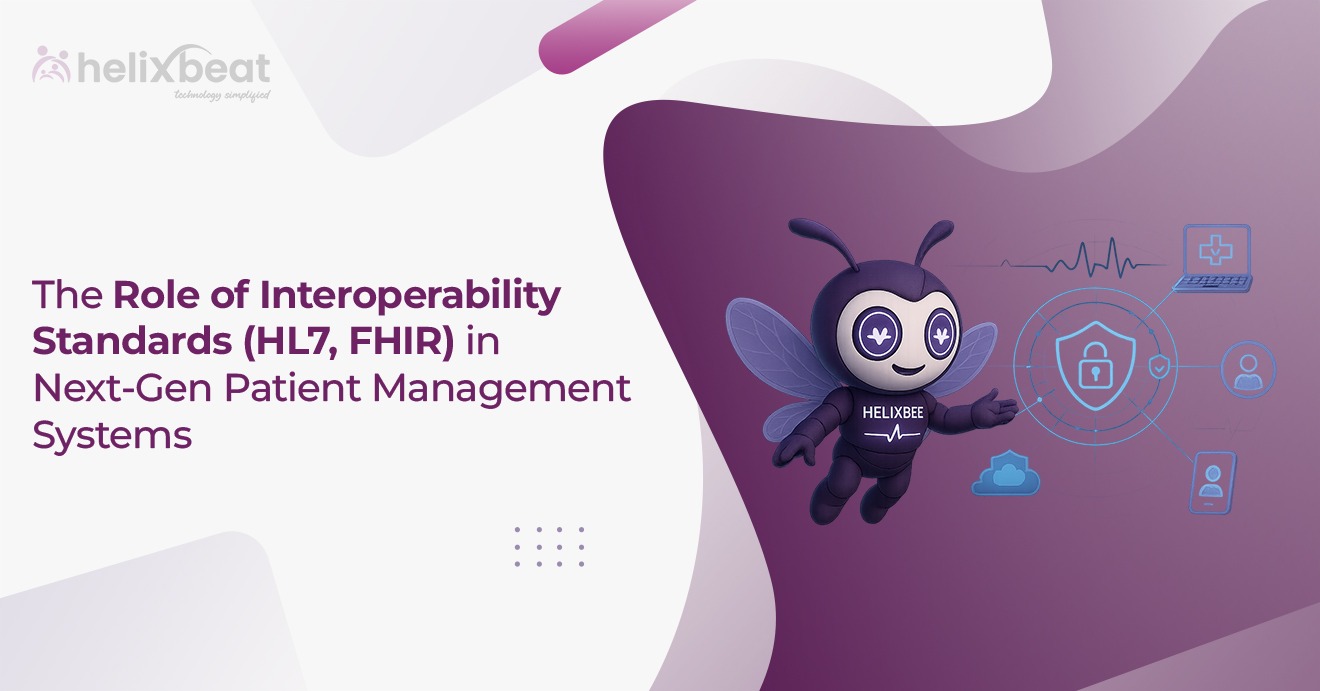Imagine visiting a hospital for a routine check-up only to be hit with a mountain of paperwork, confusing billing codes, and delayed insurance claims. You’re not alone. In fact, over 60% of patients report being confused by their medical bills, and nearly 75% of healthcare providers cite payment delays as a major operational challenge (source: InstaMed Trends in Healthcare Payments Report).
The traditional healthcare payment solutions is tangled in inefficiencies — slow reimbursements, poor transparency, and fragmented data flows. These outdated processes don’t just frustrate patients — they also choke revenue cycles and strain provider-patient trust.
This is where Paynova payment solutions step in — a next-gen, AI-powered healthcare payment solutions designed to eliminate confusion, accelerate payment cycles, and improve the entire financial experience in healthcare. But how exactly does it stack up against traditional models? Let’s explore which solution truly delivers better results.
Table of Contents
The Problem with Traditional Healthcare Payment solutions
1. Fragmented Processes
Traditional healthcare payments often rely on outdated and disjointed systems. Hospitals still depend on manual billing procedures, paper-based statements, and old-school POS terminals. This fragmentation leads to inefficiencies and billing errors. It creates hurdles in synchronizing data across departments and leaves patients confused about their charges. With billing often done post-treatment, there’s also a disconnect between service and settlement.
2. Slow Reimbursements and High Administrative Costs
Healthcare providers using traditional systems often struggle with delayed insurance reimbursements. Claims can take weeks or months to process, and follow-ups with insurance companies become a routine task for the admin staff. These delays lead to poor cash flow management. Moreover, the need for larger administrative teams to manage these processes increases operational costs significantly.
3. Poor Patient Experience
Patients today expect seamless experiences, just like they receive in e-commerce or fintech platforms. Unfortunately, traditional healthcare payments often lack transparency and simplicity. Patients may receive multiple bills from different departments or be surprised by hidden charges, leading to mistrust and frustration. The absence of digital channels and self-service options makes the experience outdated and inconvenient.
4. Limited Payment Flexibility
Most conventional healthcare setups offer limited payment solutions — typically cash or cards. There is often no provision for installment plans, digital wallets, or newer financing options. This lack of flexibility becomes a huge burden for patients, especially when faced with high medical expenses that need to be paid upfront.

Case Study: When Bills Overshadow Care – Mercy Valley Hospital’s Payment Struggle
At Mercy Valley Hospital, the mission was simple—heal with compassion. But for Maria Thompson, a single mother recovering from surgery, the healing took a detour the moment her medical bills arrived.
Weeks after discharge, Maria received a confusing, itemized paper bill with codes she couldn’t understand and no clear due date. She wasn’t alone. Patients across the hospital were frustrated—some receiving multiple bills, others facing unexpected charges after insurance adjustments.
Behind the scenes, staff were overwhelmed. Claims were submitted manually, with billing errors piling up. Insurance reimbursements dragged for over 60 days, creating a cash flow crisis. The hospital’s billing team was spending nearly half their time chasing payments rather than focusing on patient needs.
In just one year, patient satisfaction dropped by 27%, and $2.5 million got tied up in delayed claims.
Despite delivering excellent care, Mercy Valley’s outdated payment solutions created a rift between patients and the support they desperately needed.
This real story highlights why healthcare must evolve—why transparent, real-time solutions like Paynova aren’t just upgrades; they’re essentials.
Enter Paynova: A Modern Approach to Healthcare Payments
Paynova is not just another payment processing services. It’s an intelligent, healthcare-specific financial technology solution designed to streamline and simplify every aspect of the medical payment journey — from billing to claims to financing.
1. Real-Time Payments and Transparent Billing
Paynova payment processing services enable real-time billing that gives patients a clear breakdown of their costs right at the point of care. This system ensures transparency by clearly highlighting what portion of the bill is covered by insurance and what the patient needs to pay. Instant digital invoices reduce confusion and disputes, resulting in quicker settlements and higher trust.
2. Multiple Payment Modes, One Platform
With Paynova payment processing services, patients are not limited to one or two payment soutions. Whether it’s UPI, debit/credit cards, mobile wallets, EMI plans, or Buy Now Pay Later (BNPL) options, the platform supports it all. This flexibility encourages timely payments and caters to a wider range of financial preferences and capabilities among patients.
3. EMI and Flexible Financing
One of Paynova’s standout features is its embedded financing tools. Patients can opt for zero-cost EMIs, short-term loans, or deferred payment options directly within the platform. These plans are seamlessly integrated with lending partners, providing instant approvals and hassle-free access to funds. It eliminates financial stress and makes quality healthcare more accessible.
4. Integrated Insurance Claims
Paynova payment processing services integrate directly with leading insurance providers and third-party administrators (TPAs). This allows healthcare facilities to initiate, process, and track claims in real-time. The automation of document submission and verification reduces errors and accelerates the reimbursement cycle, improving cash flow and enhancing the patient discharge experience.
5. AI-Driven Automation and Analytics
The platform uses artificial intelligence to automate routine tasks such as claim validation, billing reconciliation, and revenue tracking. With predictive analytics, healthcare providers can anticipate financial trends, detect anomalies, and optimize their revenue cycle. Real-time dashboards offer actionable insights into collections, claims status, and outstanding dues.
Comparative Analysis: Paynova vs. Traditional Systems
| Feature | Traditional Healthcare Payments | Paynova |
| Payment Modes | Cash, Credit/Debit Cards | UPI, Cards, Wallets, EMI, BNPL, Net Banking |
| Insurance Handling | Manual, Delayed | Digital, Real-Time, Integrated |
| Transparency | Low | High (Itemized, Instant Bills) |
| Settlement Speed | Slow | Instant Payments and Settlements |
| Patient Experience | Confusing, Frustrating | Seamless, User-Friendly |
| Financing Options | Rarely Available | Multiple EMI & Credit Line Options |
| Revenue Management | Manual, Inefficient | AI-Driven Dashboards & Reports |
| Compliance & Security | Basic Protocols | End-to-End Encrypted, PCI-DSS Compliant |
This comparative snapshot shows how Paynova online payment services addresses every pain point of the traditional payment solutions with innovation and user-centricity.
The Business Impact: Why Healthcare Providers Prefer Paynova
A mid-sized healthcare provider was struggling with delayed insurance verifications, rejected claims, and lengthy billing cycles. Patients often left confused about what they owed, leading to delayed or missed payments. The administrative team was overwhelmed by paperwork and follow-ups.
After implementing Paynova’s advanced payment solutions, the shift was immediate. Real-time eligibility checks, upfront cost estimates, and seamless digital billing simplified everything. Patients received clear, accurate bills and paid faster. Staff efficiency improved, and claim rejections dropped by 35% in just three months. Paynova’s payment solutions didn’t just automate transactions—they completely transformed the patient financial experience.
For hospitals and clinics, efficient payment solutions translate directly to improved operations and profitability. Here’s how Paynova impacts the bottom line:
- Faster Collections: Real-time payments ensure that providers don’t have to chase patients or insurers for weeks.
- Lower Operational Costs: Automation reduces dependency on large admin teams, saving salaries and training costs.
- Increased Patient Retention: Offering flexible payment options improves satisfaction and encourages loyalty.
- Better Financial Planning: Predictive analytics help providers plan their budgets, detect bottlenecks, and improve cash flow forecasts.
- Reduced Revenue Leakage: Transparent billing and efficient claim processing eliminate billing disputes and unpaid dues.
What Patients Love About Paynova online payment services
Healthcare is often a stressful experience, and the last thing patients want is a confusing or inconvenient payment processing services. Paynova online payment services puts the patient at the center of its experience with features that simplify, support, and serve:
- Convenient Payment Options: Pay via mobile, desktop, or even at the hospital with QR codes and digital invoices.
- EMI Approvals in Seconds: No need to visit banks or wait for loan approvals — it happens in real-time.
- Real-Time Insurance Tracking: Patients can check their claim status from their phone, reducing anxiety and confusion.
- Minimal Paperwork: Most payment processing services are digital and require just a few taps.
- Faster Discharge: With real-time settlements and automated billing, patients can leave sooner and with peace of mind.
Final Verdict: Which One Truly Delivers Better Results?
Looking at the broader picture, traditional healthcare payment solutions no longer meet the needs of today’s tech-savvy patients or efficiency-driven providers. From fragmented workflows and slow reimbursements to lacklustre user experiences, these legacy systems are holding the industry back.
On the other hand, Paynova represents the future of healthcare payments. It combines the power of digital payment solutions, AI-driven automation, and financial flexibility to create a seamless and smart experience for both patients and providers.
Verdict: Paynova is the clear winner when it comes to delivering better results—be it in terms of speed, transparency, patient satisfaction, or providers’ financial health.
The Future of Healthcare Payment Solutions is Already Here
The healthcare landscape is evolving fast, and payment solutions need to keep up. Paynova is not just solving a problem—it’s reinventing the entire approach to healthcare finance.
By embracing Paynova online payment services, hospitals and clinics can:
- Deliver superior patient experiences
- Streamline internal processes
- Ensure faster payments and improved cash flow
- Gain a competitive edge in the digital healthcare economy
Whether you’re a hospital chain, diagnostic lab, or standalone clinic, the message is clear: Upgrade to Paynova and transform your revenue journey.
FAQs
1. Are there any good healthcare payment solutions?
Yes, modern payment solutions like Paynova offer faster, easier, and more secure billing for both providers and patients.
2. How can patient payment solutions transform the healthcare industry?
They simplify billing, offer flexible options, and improve patient satisfaction by making payments more transparent and convenient.
3. Has your practice seen increased payments after offering online options?
Yes, many providers report a 30–40% rise in on-time payments with digital payment options.
4. What methods do you use to make or receive payments online?
Common methods include digital wallets, patient portals, credit/debit cards, and automated payment links.
5. What are the biggest pain points of traditional billing systems?
Slow processing, paper overload, lack of transparency, and frequent errors.
6. How important is price transparency to patients?
Very important. It builds trust and helps patients plan their healthcare expenses better.
7. Would your staff benefit from automation in billing?
Yes, automation saves time, reduces errors, and helps staff focus on patient care.














